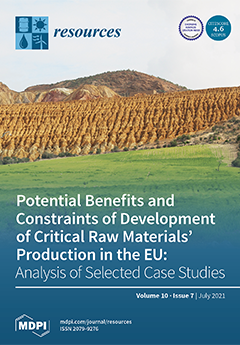Thirty-one batches of commercial charcoal from various regions of Poland and Germany were tested for the presence of 20 toxic elements and polycyclic aromatic hydrocarbons (PAHs) using gas chromatography-mass spectrometry (GC-MS). Elements that are toxic to living organisms were determined using atomic absorption spectroscopy (AAS). They were classified as elements representing a very high degree of hazard (As, Cd, Cu, Hg, and Pb), high degree of hazard (Zn, Ba, Cr, Mn, and Mo), moderate degree of hazard (Co, Ni, Sn, and Te), and a low degree of hazard for living organisms and the environment (Ag, Bi, Ce, Se, Sr, and Zr). In regard to the most toxic elements, the highest concentration in the whole tested material was recorded for Cu. In addition, considerable amounts of Ba, Mn, and Sr, i.e., elements representing a high or moderate degree of hazard, were found in the tested charcoals. Moreover, all charcoals contained a wide range of PAHs, from naphthalene to benzo(ghi)perylene, with concentrations in a range between 12.55 and 3554.11 ng/g charcoal. In total, 25 unsubstituted PAHs were identified in the charcoal extracts. PAHs distributions were dominated by five-ring PAHs. The results indicate high carcinogenicity with ∑PAHcarc/∑PAHtot close to 1, as well as high TEQ and MEQ values. Thus, prolonged exposure to charcoal and charcoal dust might cause serious health problems. This applies to employees actively involved in the production and transport of charcoal and, to a lesser extent, users of this fuel.
Full article





